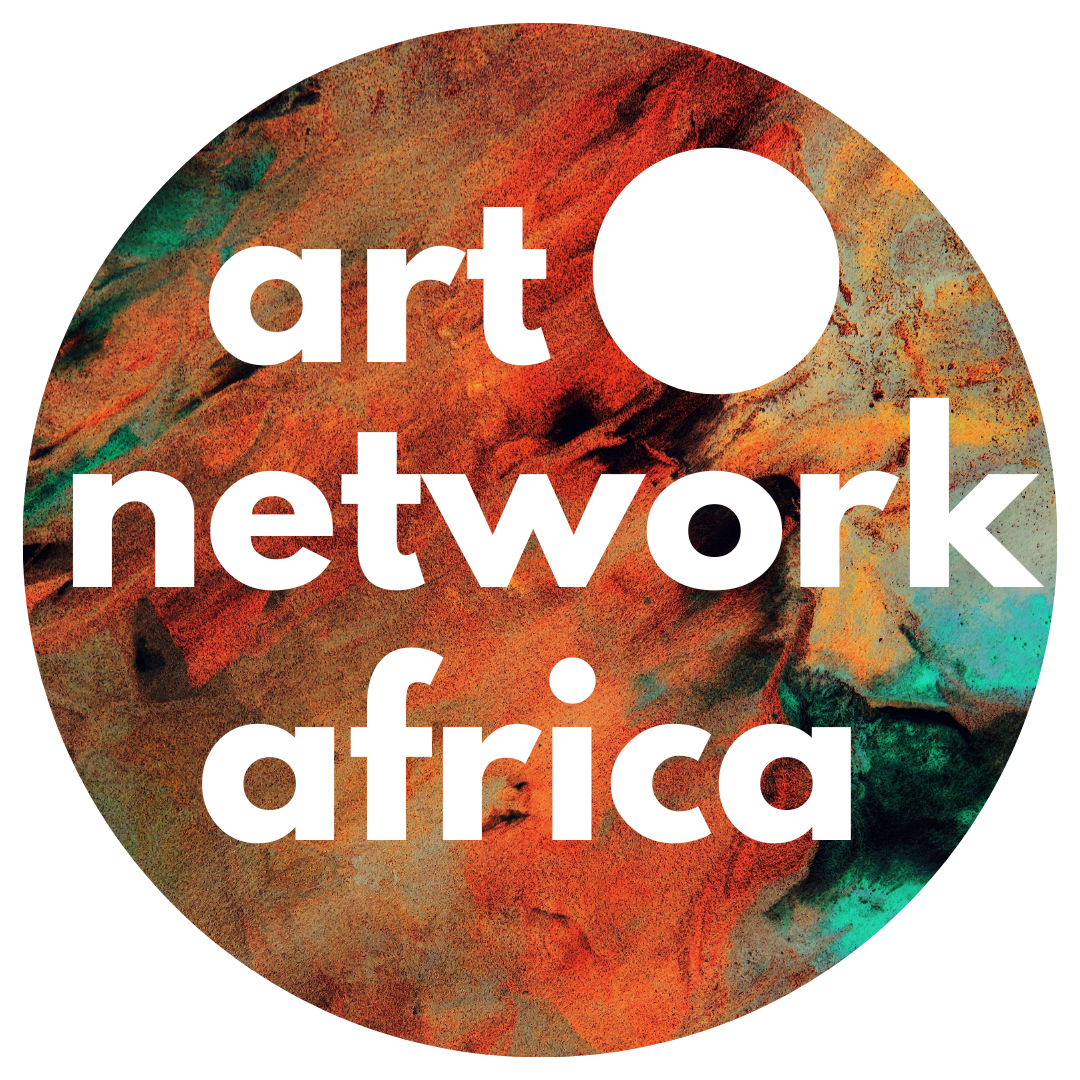Fathi Hassan, who was born in 1957 in Cairo to Egyptian and Nubian parents, rose to fame in the 1980s. He was among the first African-American artists to be represented in the Venice Art Biennale in 1988. Fathi Hassan: Shifting Sands, which will feature a new body of work with historical pieces chosen by the artist in reaction to the collection, will open during London Gallery Weekend at Frieze’s No. 9 Cork Street gallery (May 31–June 15, 2024).
A.S: What inspired you to merge Nubian and Arabic calligraphy with abstract art?
F.H: You could say that I have three ‘first languages’ – oral Nubian, Arabic and the visual language of my art. Like many of the images I create, the scripts in my work are not literal representations but rather are abstract interpretations of mixed calligraphy. This allows the various elements in my work to interact in a dynamic and fluid way, as opposed to having fixed meanings or messages.
A.S: Can you share a bit about your process in creating a new piece?
F.H: As an artist, I accumulate the energy of impressions and sensations throughout the day – things seen, music heard, films watched, words listened to. Dreams also connect to my creative process and all of these elements lead to an idea for a new artwork.
A.S: How does Nubian and Arabic script in your work convey deeper meanings?
F.H: Often when I use text in my work it is deliberately illegible, referencing lost languages and oral histories. The Nubian culture of my origins is an oral culture passed on through speech, and that’s where the concept of the text in my art came from. When I make a written work, I never use a precise phrase; otherwise, I would be an author of books. It could be a single word; it is never a sentence. So, in that sense I only ever use text in an abstract manner for aesthetic movement, never intending to tell the story using sentences.

A.S: How do you address themes of identity and culture in your art, especially to a wider audience?
F.H: You could say that ideas of culture and identity are present in all my work. Everything I do is an exploration of these themes. My family is from a Nubian village which was flooded in 1952 when the Aswan High Dam was built; they resettled in Cairo where I was born. I moved to Naples in Italy when I was 20, then Milan and Le Marche, and later settled in Edinburgh, Scotland. My life has been marked by movement and the influence of different places, geographies, languages and cultures. This nomadic identity is something I naturally refer to in my work. I might make images of Arabic script, symbols of my Nubian heritage – like palm trees and crocodiles, boats, the moon, my family – as well as depicting writers, musicians, activists and thinkers who have influenced my thinking. I don’t feel tied to one particular place or culture, rather I prefer to celebrate my multiple cultures and identities, cheating borders and timelines. I hope this allows people of all cultures and backgrounds to have an entry point into my work.
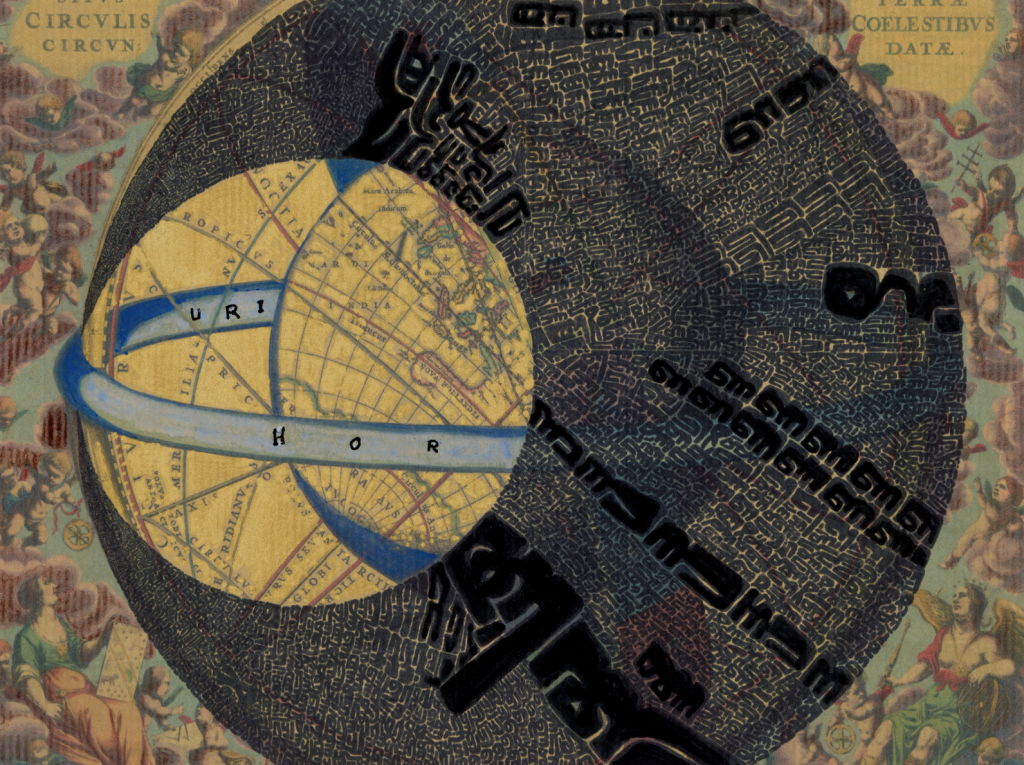
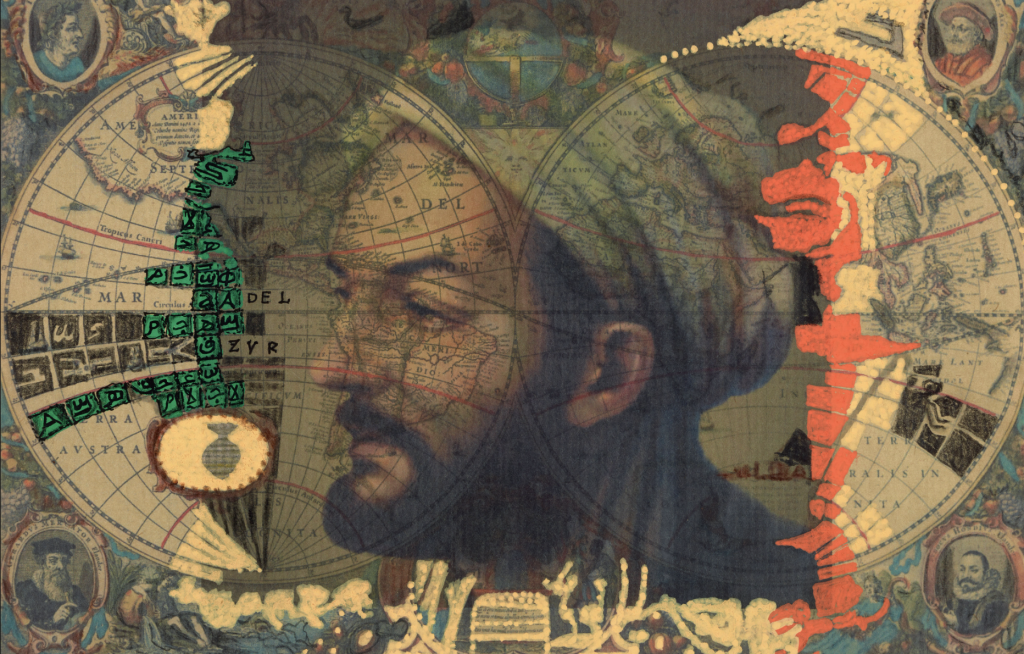
A.S: How have you found various cultures receiving your work?
F.H: I’m lucky to have shown work in many countries and settings, reaching different audiences. I was one of the first African artists to exhibit at the Venice Biennale in 1988, and since then my work has appeared in exhibitions and collections all over the world – from Europe and the United States to the Middle East and Egypt, my country of origin. I’ve enjoyed experiencing different receptions to my work and am repeatedly touched by the words I hear from those visiting my exhibitions. My forthcoming exhibition at No.9 Cork Street in London is in collaboration with The Sunderland Collection of antique maps, which is in itself an expression of the global journeys I and my work have traversed.
A.S: Can you describe you as an artist when you first started, compared to now, decades later in your craft?
F.H: As an artist working today, I feel I have accumulated a great deal of experience enabling me to work on ideas that connect the past with the present – experience which has evolved over my 40 years as a practicing artist.
A.S: What would you like the audience to take away from this body of work?
F.H: I would like them to take away the internationality of illustrious people who have influenced history, I would like people to hear these figures talking to each other through the maps, like echoes of memory within the antique maps of The Sunderland Collection. In these dialogues, the distance between populations and cultures grows smaller and cultural walls fall. The other works complete the harmony of the exhibition.
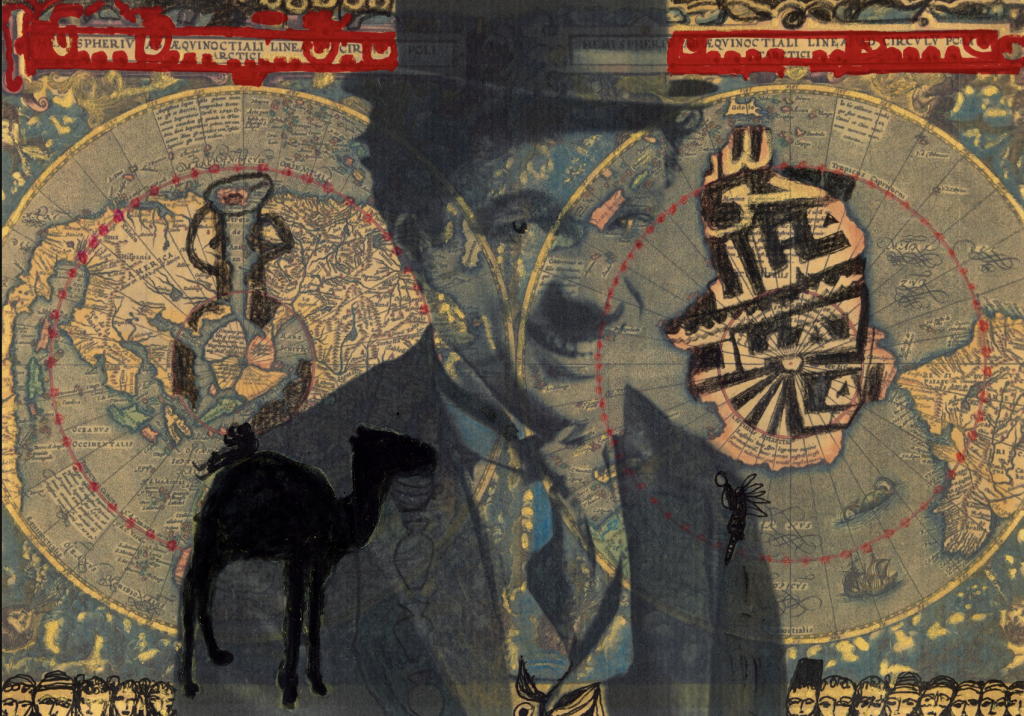
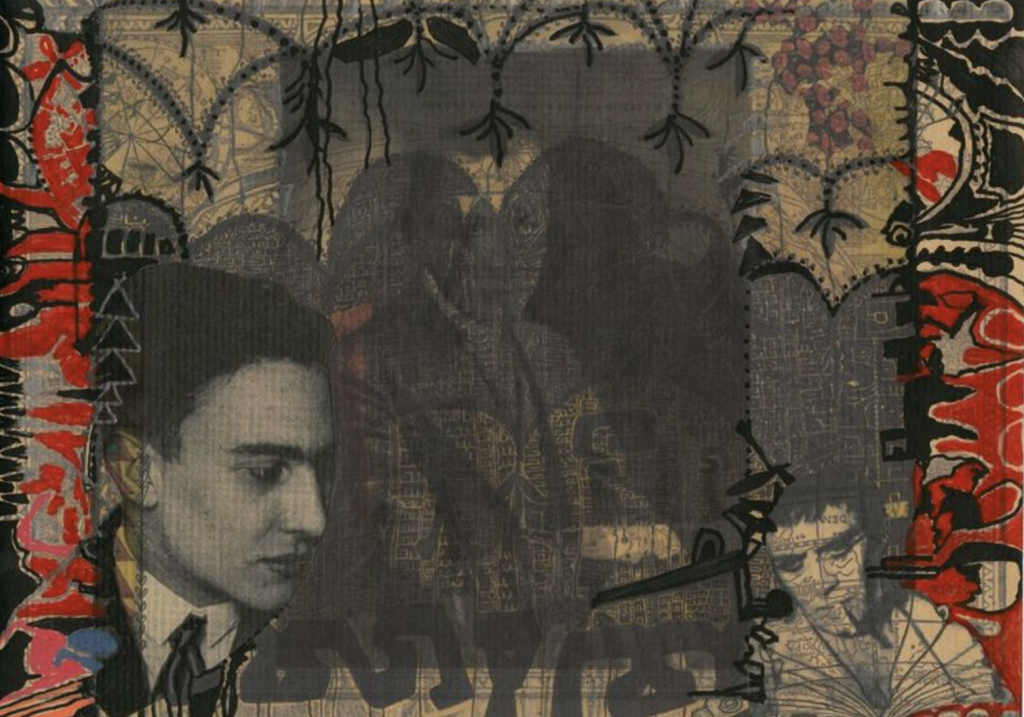
A.S: Are there specific artists or movements that have influenced your work?
F.H: When I was 20, I won a scholarship to the Naples Art School and moved to the city. It was a vibrant and experimental place, full of the spirit of the Arte Povera movement. It was a rich time to be in Naples artistically around the Galleria Lucio Amelio ; Alighiero Boetti, Andy Warhol, Joseph Beuys and others were all there, attracted to the revolutionary feel of the city. We’d put on exhibitions and performances and go to the nightclub Diamond Dogs where we would sometimes make art together. Basquiat become known to Italy through Mazzoli Gallery in Modena. I was also fascinated by Cubism and the influence of African art on the movement, choosing this as my thesis topic. I’m not only influenced by art movements; my passions and inspirations come from everywhere – music, film, costume, chess, history…
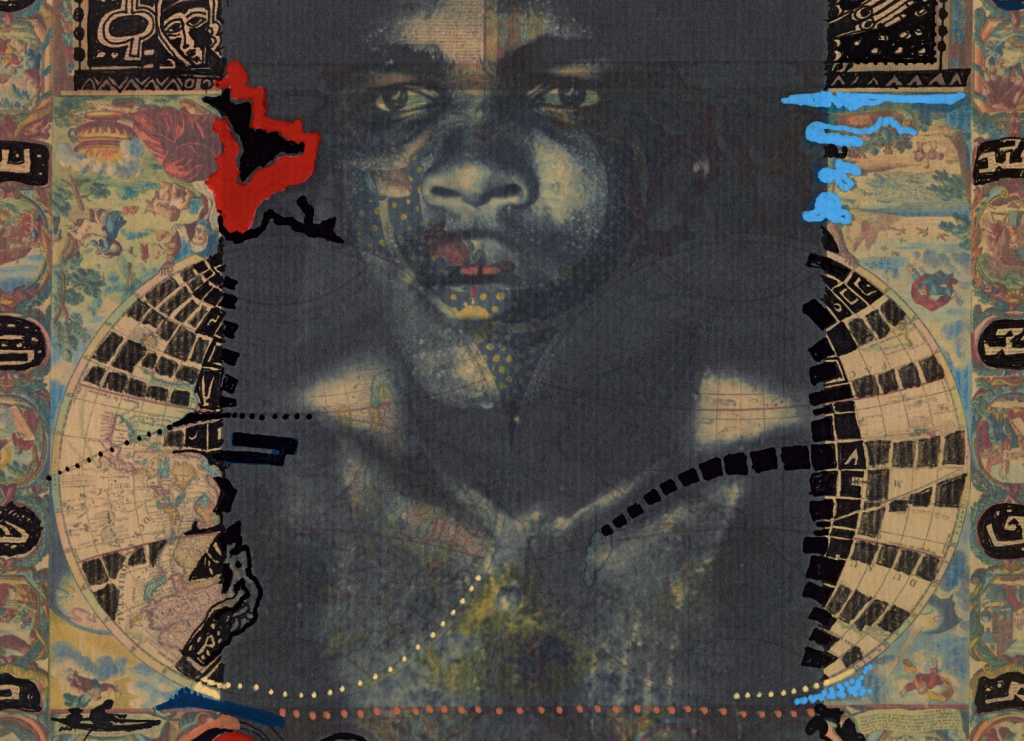
A.S: What inspired the collection of work in this exhibition?
F.H: When Helen [Sunderland-Cohen, custodian of The Sunderland Collection] approached me to create works in response to the maps in the collection, I recall staying up all night thinking; I couldn’t sleep. I thought, this map project is so beautiful, so strong. It was very difficult to determine how to work with these extraordinary works of art, which to me seemed already very complete.
Then the concept came to me: what relationship does a writer who lived in a given place have with another who also lived there at a different time? They only have one relationship in common: the place. They meet through the maps, through the path of the lines. That was my starting point creatively. From there, I made the Trail Blazers series, incorporating all these brilliant people, across times and geographies, into this body of work. For me, the different characters in these works almost represent the stars in the sky. The maps were a way for them to communicate and be in dialogue, even though they might not have anything in common or even have existed at the same time. I see the maps as a gateway for them maybe one day to meet.

A.S: What else can we look forward to from you this year?
F.H: There are several things going on, such as a solo exhibition at 1:54 in London this October with Richard Saltoun Gallery, as well as Art Fair Abu Dhabi, then Rome, New York, etc. A book will also be published which brings together all my work over the past 40 years.
A.S: Do you have any advice to share with an artist who is starting out their career in the current art climate?
F.H: My advice is to be very well informed about the current art world in which they operate – they should read and take inspiration from many sources, such as movies and theater. Curiosity leads to geniality.
For more information about Fathi and the exhibition follow him @fathihassanartist.
This exhibition, entitled Fathi Hassan: Shifting Sands, will showcase a series of visually arresting works, displaying the artist’s journals and a series of works incorporating motifs that recur throughout his practice. It will hold at No.9 Cork Street in Mayfair, London, from 31 May – 15 June.
